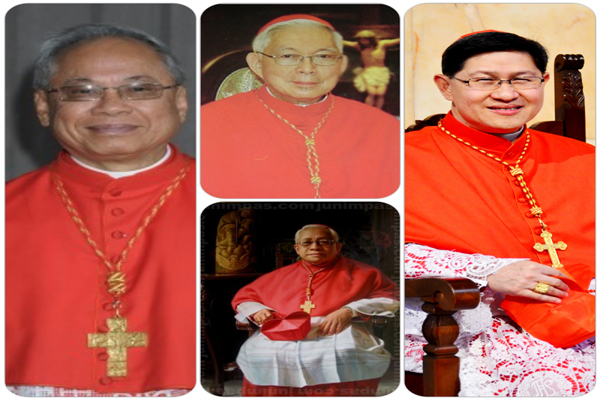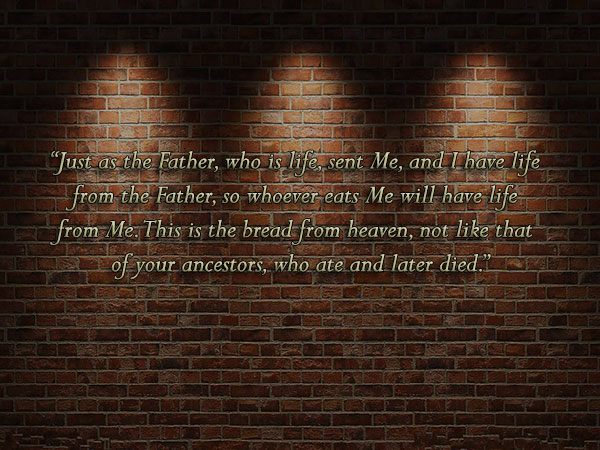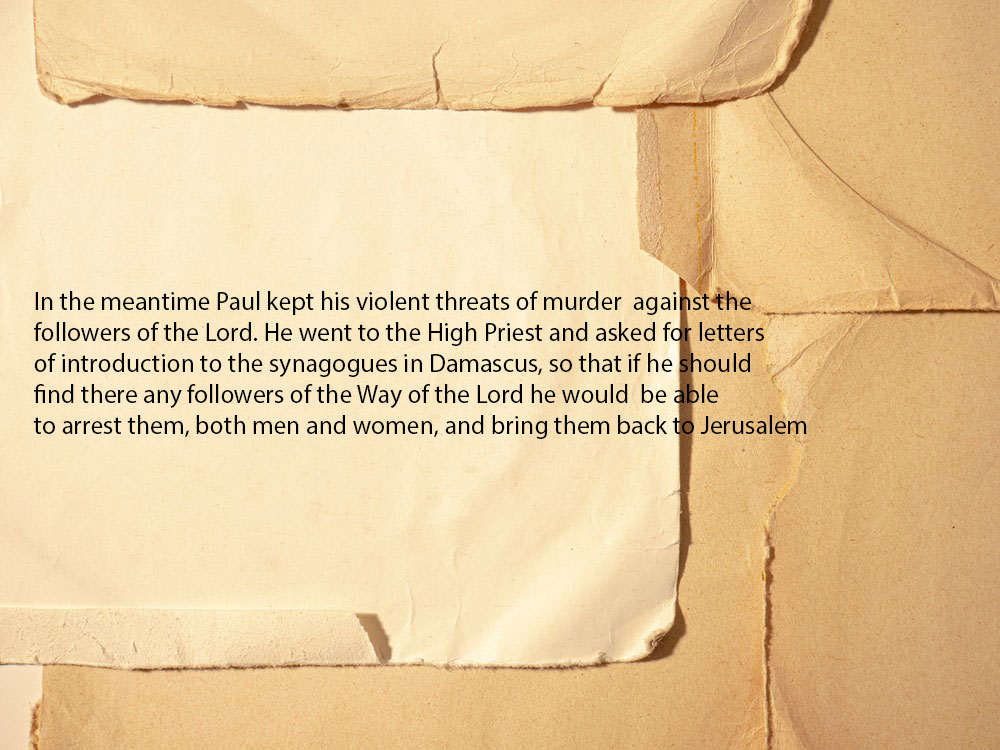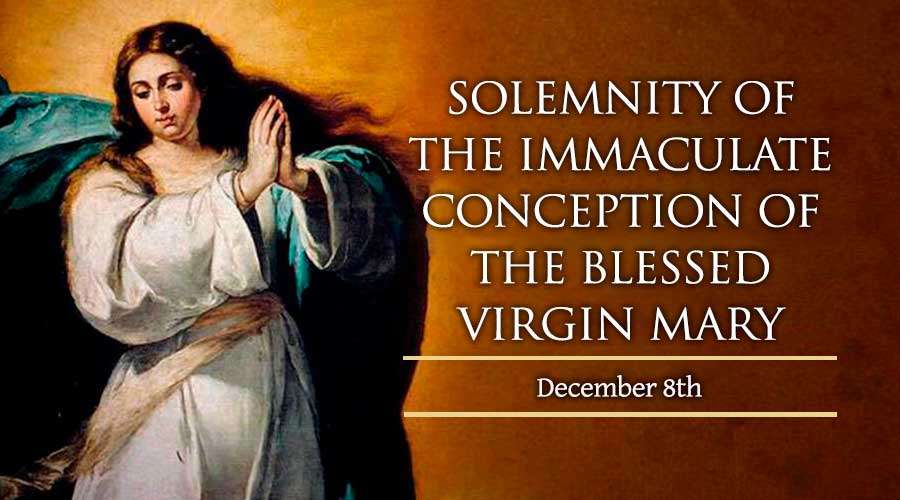
Filipino Cardinals: Orlando Cardinal Quevedo (right); Gaudencio Cardinal Rosales (up center); Ricardo Cardinal Vidal (below center); Luis Antonio Cardinal Tagle (left)
Princes of the Church
A cardinal is a senior ecclesiastical leader, an ecclesiastical prince, and usually (now always for those created when still within the voting age-range) an ordained bishop of the Roman Catholic Church. Cardinals belong to various Roman Congregations: they are considered Princes of the Church, with the title of Eminence; those resident in Rome, also outside Vatican City, enjoy the rights and privileges of citizenship to the same (Trattato Lateranense, art. 21).
The Cardinals, who oversee the presbyterates of 25 titular and quasi parish churches of Rome, of which 7 are regional deaconries and 6 Palatine deaconries, and 7 (7th century: 6) Suburban Sees, are the advisers and collaborators of the Pope.
The College of Cardinals Formed
The College of Cardinals was formed in 1150, with a Cardinal Dean, who is the Bishop of Ostia and the Camerlengo who on the death of the Pontiff has the Administration of the affairs of the Holy See.
From 1059 they are the exclusive electors of the Pope.
In the 12th century Cardinals began to be named who were prelates in residence outside of Rome.
From the 12th century this pertained to Bishops and Archbishops, from the 15th century also to Patriarchs (Papal Bull Non mediocri of Eugenio IV, 1439); if simple priests, they also have a vote in the councils.
Age of “Retirement” for Cardinals
The same Roman Pontiff, with the Motu Proprio Ingravescentem aetatem, of 21 November 1970, established that when Cardinals reached the age of 80: a) they ceased to be members of the Dicasteries of the Roman Curia and of all the Permanent Organisms of the Holy See and of the Vatican City State; b) they become ineligible to elect the Roman Pontiff and to enter the Conclave.
How many Cardinals do we have?
The number of Cardinals, in the 13th to the 15th centuries usually not over 30, was fixed by Sixtus V to 70: 6 Cardinal bishops, 50 Cardinal priests, 14 Cardinal deacons (Constitution Postquam verus, 3 December 1586).
In the private Consistory of 15 December 1958 (A.A.S., 1958), Vol. XXV, p. 987), John XXIII departed from the number of Cardinals already established by Sixtus V and confirmed by the 1917 Code of Canon Law (Can. 231). Again John XXIII, with the Motu Proprio Cum gravissima of 15 April 1962, established that henceforth all Cardinals were to be bishops.
In the Secret Consistory of 5 November 1973 Paul VI established that the maximum number of Cardinals that have the right to elect the Roman Pontiff be set at 120 (A.A.S., 1973, Vol. LXV, p. 163). John Paul II, in the Apostolic Constitution Universi Dominici gregis of 22 February 1996 reconfirms this directive.
Currently, we have 227 Cardinals, 125 of them are under 80. The 125 are the eligible to vote if papacy were to become vacant today.
Cardinals in the Philippines
The first Filipino Cardinal was Rufino J. Cardinal Santos who was created cardinal priest sometime in 1960. Since then, a total of eight Filipinos have been raised to the rank of cardinal. Currently, the are four living Filipino Cardinals namely:
1. His Eminence Ricardo Cardinal Vidal (84) is from Mogpog, Marinduque. He was created cardinal priest in the consistory of May 25, 1985 and he received the red biretta and the title of Ss. Pietro e Paolo a Via Ostiense, May 25, 1985. He is the Archbishop-Emeritus of the Metropolitan Archdiocese of Cebu.
2. His Eminence Gaudencio Cardinal Rosales (82) is from Batangas City. He was created cardinal priest in the consistory of March 24, 2006 and received the red biretta and title of Santissimo Nome di Maria in Via Latina, March 24, 2006. He is the Archbishop-Emeritus of the Metropolitan Archdiocese of Manila.
3. His Eminence Luis Antonio Cardinal Tagle (57) is from Manila. He was created cardinal priest in the consistory of November 24, 2012 and he received the red biretta and the title of San Felice da Cantalice a Centocelle, November 24, 2012. He is the Archbishop of the Metropolitan Archdiocese of Manila.
4. His Eminence Orlando Cardinal Quevedo (75) is from Laoag, Ilocos Norte. He Created cardinal priest in the consistory of February 22, 2014 and he received the red biretta and the title of SS. Maria Regina Mundi a Torre Spaccata, February 22, 2014. He is the Archbishop of the Metropolitan Archdiocese of Cotabato.
Post Credit:
http://www.vatican.va
http://en.wikipedia.org








